Description
Fuga Y Misterio
María de Buenos Aires is a tango operetta (tango operita) with music by Ástor Piazzolla and libretto by Horacio Ferrer that premiered at the Sala Planeta in Buenos Aires on 8 May 1968.
The first part of the surreal plot centers on the experiences of a prostitute in Buenos Aires, Argentina; the second part takes place after her death. The characters include María (and, after her death, the Shadow of María), a singer of payadas; various members of the Buenos Aires underworld; a payador who functions as a poet and narrator ; a goblin-like duende; several marionettes under the control of the duende; a circus of psychoanalysts; pasta makers; and construction workers. Many elements of the libretto suggest parallels between María and Mary, the mother of Jesus (in Spanish, María) or Jesus himself.
While certainly not in the narrow sense an opera ballet, because the dance is tango rather than classical ballet, it falls within the tradition of having set dance pieces integral to an operatic work.
The music draws on the nuevo tango idiom for which Piazzolla is famous. The original idea for the story was conceived by Piazzolla’s lover at the time of its composition, Egle Martin, who was married to Eduardo “Lalo” Palacios. The title role was originally conceived for Martin, but while Piazzolla was still composing the operita, he and Martin broke up after he asked her husband for her hand at Christmas in 1967. According to Martin, Piazzolla said to Lalo, “She is music, she can’t belong to anybody, no she is music, she is music, and that’s me.” After their rift, a replacement was desperately needed, but Piazzolla soon met folksinger Amelita Baltar at the Buenos Aires nightclub Nuestro Tiempo, formerly known as “676” and once Piazzolla’s home base in Argentina. Baltar’s identification with the character María, paired with her beauty and captivating stage presence, made her ideal for the role.
The piece is written for at least three vocalists (one of whom, the narrator, mainly speaks rather sings). For the orchestration Piazzolla augmented his current working quintet: Piazzolla (bandoneón), Antonio Agri (violin), Jamie “El Russo” Gosis (piano), Oscar Lopez Ruiz (guitar) and Kicho Díaz (double bass); with viola, cello, flute, percussion, vibraphone and xylophone, and a second guitar. María de Buenos Aires has often been performed with dancers as well as musicians. There are several extant arrangements, including Piazzola’s own and one by Pablo Ziegler.



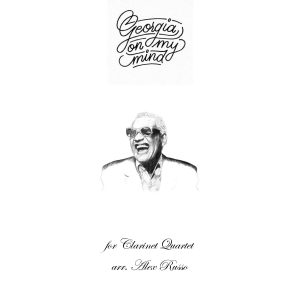
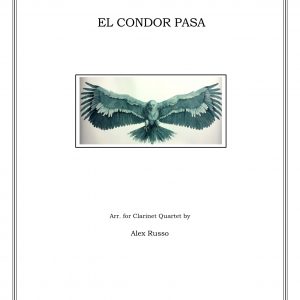
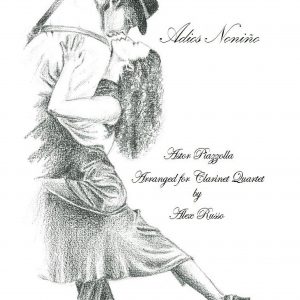
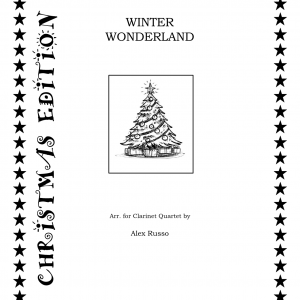
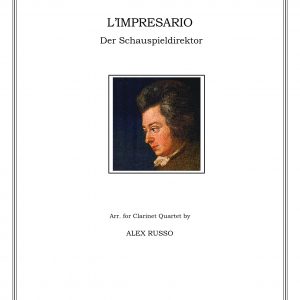
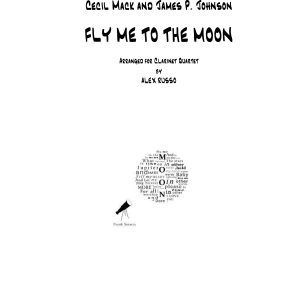
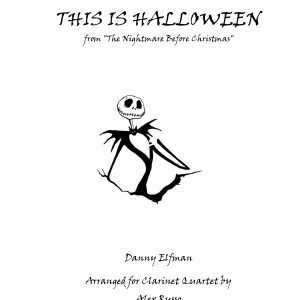
Reviews
There are no reviews yet.